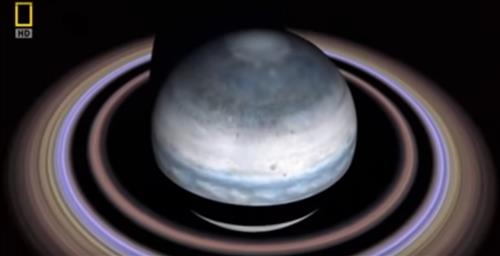
Out there lurking in the vastness of space, our planets are so strange that even science fiction could not have imagined them. For the first time ever, scientists are discovering alien worlds beyond our solar system, places where ice is hot, and rain is made of a lie over there. Uncharted, unearthly, and unpredictable and somewhere hidden among these strange new worlds, scientists seek the greatest discoveries of all time.
March the 6th 2009 a Delta 2 rocket is going through its final pre-flight check. It is the start of an extraordinarily ambitious mission; the Kepler space observatory is hunting for earth-like planets within a region of 100,000 stars.
It is the culmination of a journey that began more than a decade ago. One of the most profound scientific discoveries ever made. In 1995 Swiss astronomers Michel Mayor and his team made a routine observation of stars in the constellation Pegasus, located 50 light-years away.
The instruments showed something strange, one star is violently lurching and wobbling.
What they discovered is a star velocity changing and something powerful enough to disturb a stars movement the size of our Sun.
The problem in detecting planets around other stars is that as a planet orbits a nearby star, that planet gets lost because of its feeble light in the glare of the very bright star.
In spite of the odds and relying on his data, he is convinced the wobbles are caused by the gravitational pull of an orbiting planet. There had been many false claims of the first planet ever discovered around another star.
Their discovery rocked the scientific community; they had found for the first time reproducible confirm-able evidence of the existence of a planet around a sun-like star.
Officially called 51 Pegasi B, the planet is nicknamed Bellerophon in honor of the Greek hero who tamed the winged horse Pegasus. Like Bellerophon, it is a planet that breaks all the rules. It roasts in the blazing starlight at temperatures of roughly 1800 degrees Fahrenheit almost 1000 degrees Celsius.
It is nearly 150 times more massive than Earth and is a gas giant like Jupiter; a gas giant has a planet made mostly of hydrogen and helium; only the outer layers are gas but inside hydrogen, helium is compressed to huge pressures.
But it doesn’t resemble a gas giant at all, unlike anything found in our solar system this is an entirely new class of planet that scientists call a Hot-Jupiter.
If you were to go to Hawaii and see the lava flow there, that’s how hot.
These Hot-Jupiters are roughly a hundred times closer, and so to the sun than the Earth and the amount of sunlight that they get, is ten thousand times more.